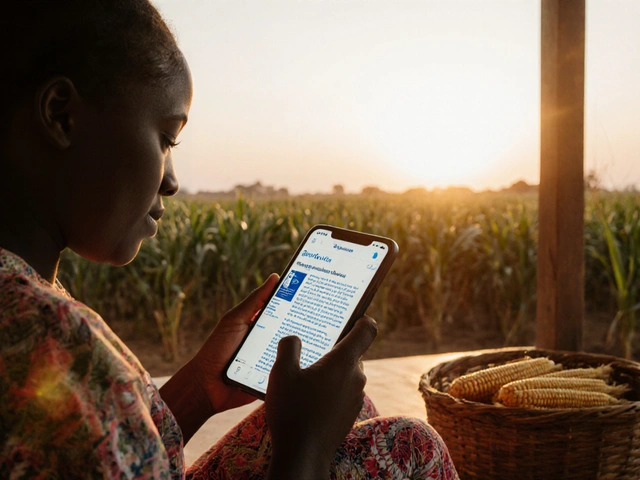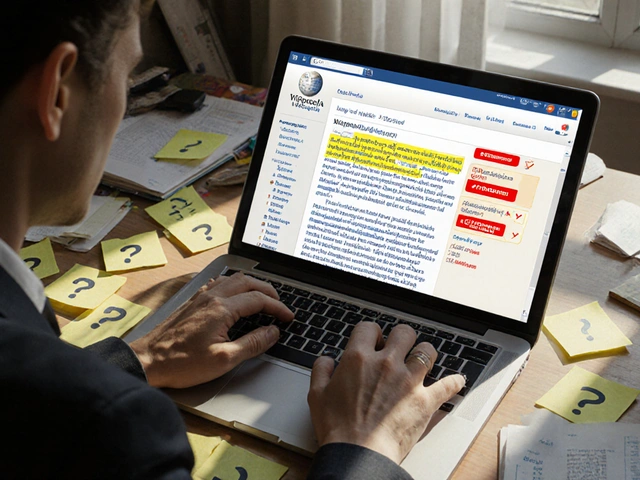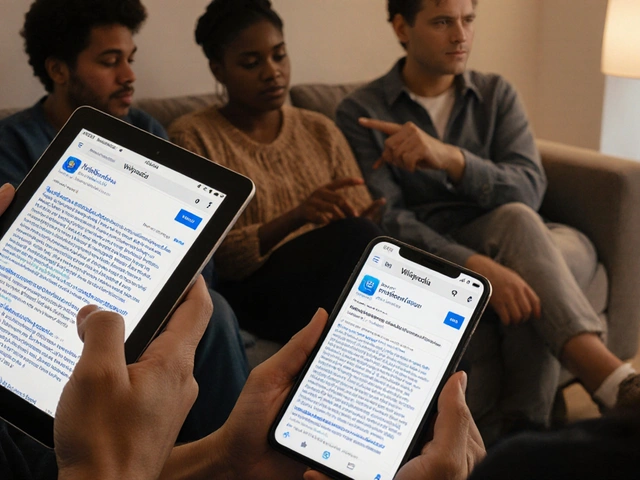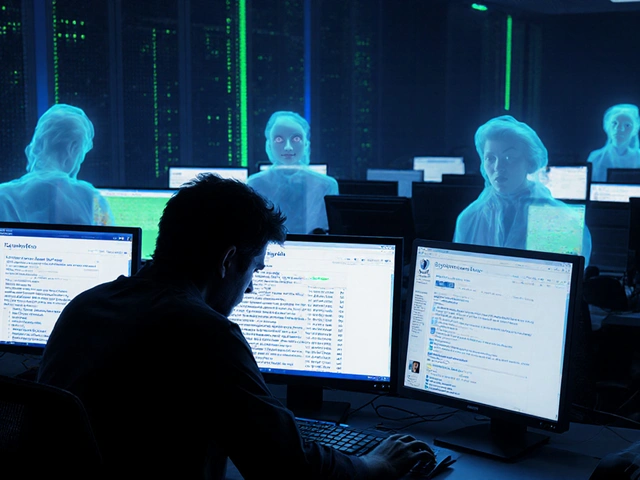Creative Commons: How Open Licensing Powers Wikipedia and Free Knowledge
When you read a Wikipedia article, you’re not just getting facts—you’re accessing content licensed under Creative Commons, a set of free, public copyright licenses that allow creators to share their work with clear, standardized rules. Also known as CC licenses, it’s the legal backbone that makes Wikipedia’s open model possible. Without Creative Commons, Wikipedia couldn’t legally reuse text from other open sources, and contributors couldn’t be sure their edits would stay free for everyone to use. It’s not just a license—it’s the agreement that keeps knowledge flowing without paywalls or restrictions.
Behind every Wikipedia edit is a chain of openness. Creative Commons licenses, especially CC BY-SA, the specific license Wikipedia uses, requiring attribution and sharing alike, mean that anything you add can be reused by others as long as they credit you and keep it free. That’s why Wikipedia can pull in content from government reports, academic papers, and public domain archives—all of which often use compatible licenses. It’s also why projects like Wikinews and Wikimedia Commons rely on the same system. Creative Commons doesn’t just help Wikipedia—it connects thousands of open projects worldwide, from open educational resources to public domain photography collections.
But it’s not perfect. Sometimes, well-meaning contributors upload content they don’t own, thinking it’s "free to use"—only to have it removed later because it’s under a stricter license. That’s why Wikipedia has strict sourcing rules: if a source isn’t under CC BY-SA or a compatible license, it can’t be copied directly. This is why the Wikimedia Foundation, the nonprofit that supports Wikipedia and its sister projects spends time educating editors on licensing, and why copyright takedown requests are one of the most common moderation issues. The goal isn’t to lock content down—it’s to make sure the entire ecosystem stays open, fair, and legally sound.
You might not think about Creative Commons when you search for a fact, but it’s why you can copy a Wikipedia paragraph into your school paper, remix a photo from Commons into a presentation, or translate an article into another language without breaking the law. It’s why journalists use Wikipedia as a starting point—not because it’s a source, but because the sources behind it are traceable and reusable. And it’s why AI companies that scrape Wikipedia data are being asked to give back: if they’re using open knowledge, they should respect the rules that made it open in the first place.
What you’ll find below are real stories about how Creative Commons shapes Wikipedia—from the quiet work of volunteers checking licenses on uploaded files, to the big debates over whether AI training should require attribution. You’ll see how licensing affects what stays on the site, who gets to contribute, and how knowledge stays free across languages and borders. This isn’t about legal jargon—it’s about who owns information, and who gets to share it.
CC BY-SA Licensing on Wikipedia: How Versioning, Compatibility, and Reuse Work
Wikipedia's CC BY-SA license lets anyone reuse its content for free, as long as credit is given and changes are shared under the same terms. Learn how versioning, compatibility, and reuse rules work in practice.







